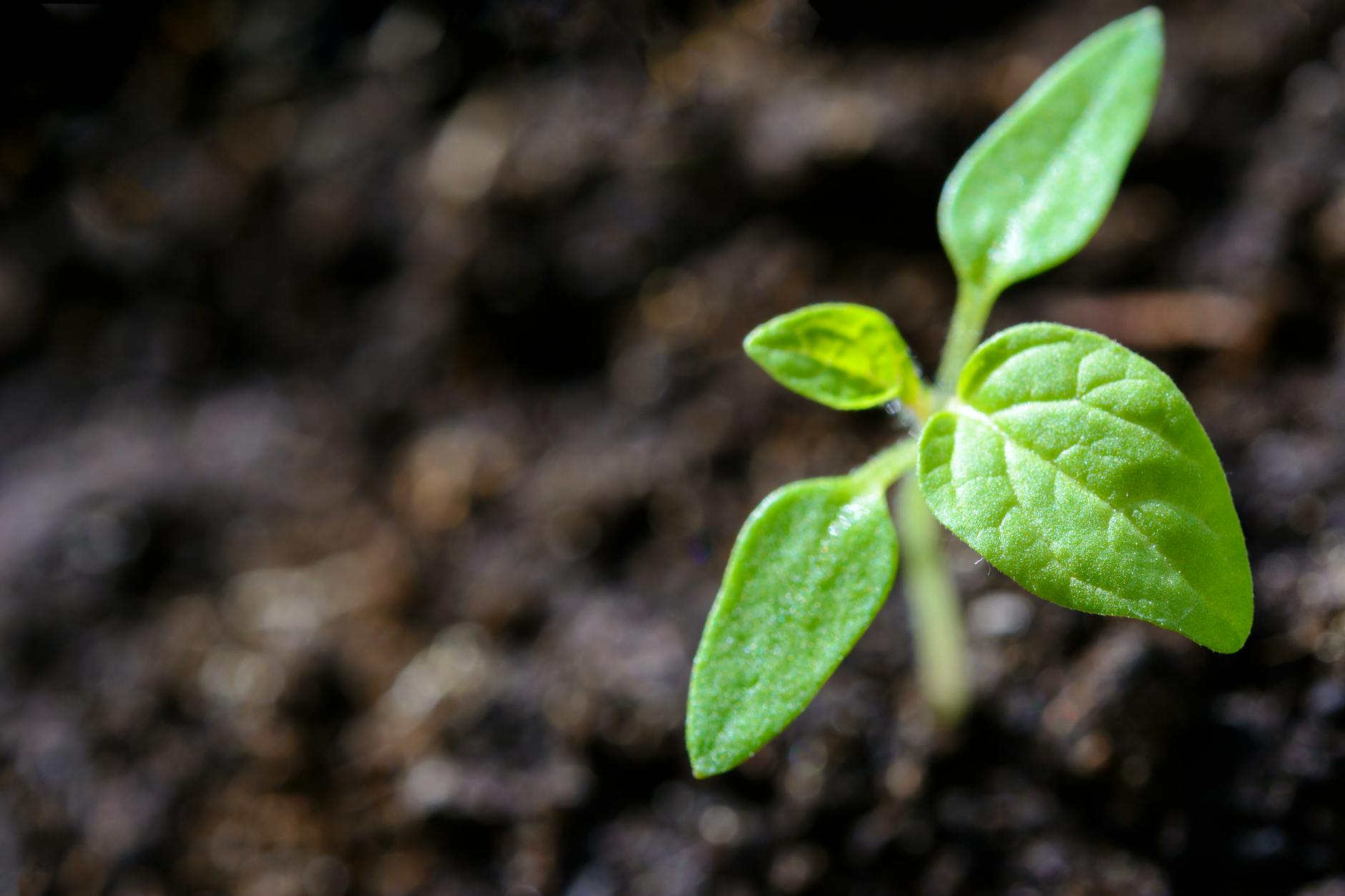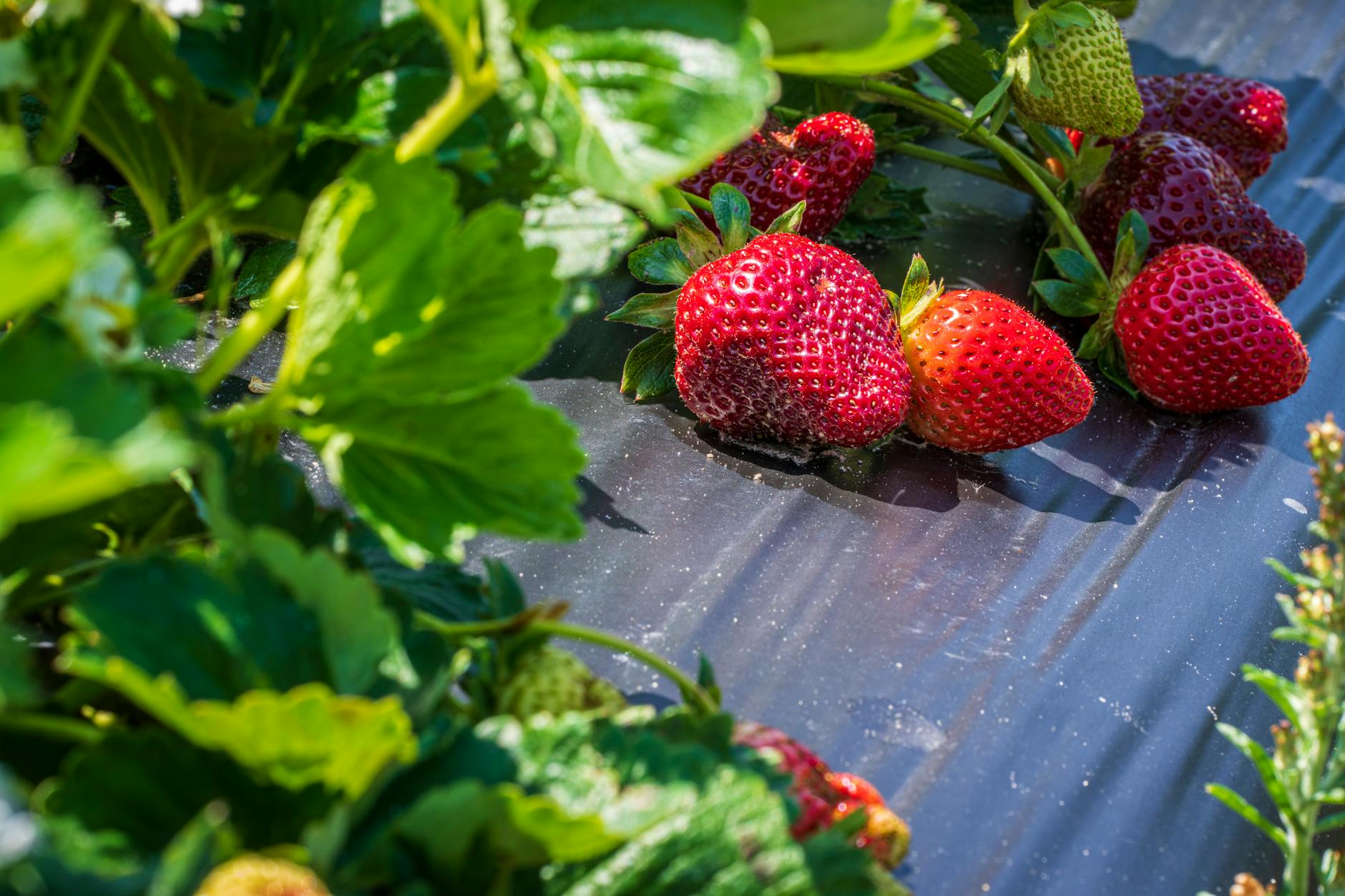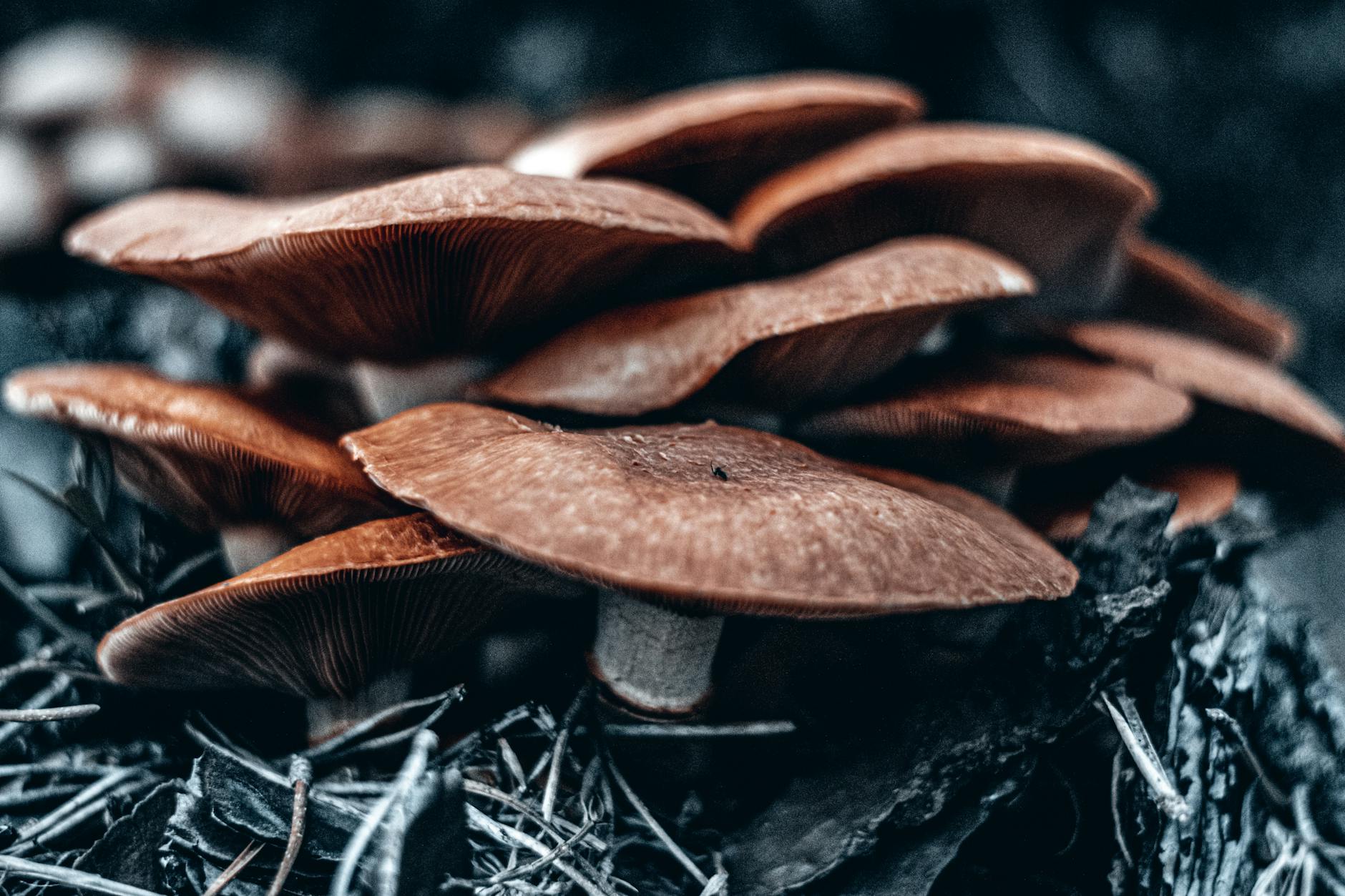Mushroom Cultivation: Effortless Tips for Sustainable Growth
Mushroom cultivation is a fascinating and rewarding venture that offers not only a sustainable way to produce nutritious food but also a therapeutic and environmentally friendly hobby. With the right knowledge and techniques, cultivating mushrooms can be a surprisingly effortless process. In this article, we will explore some essential tips for successful mushroom cultivation that promotes sustainable growth.
Choosing the Right Mushroom Species
The first step in successful mushroom cultivation is to choose the right species for your specific growing conditions. Some popular varieties of mushrooms that are suitable for cultivation include shiitake, oyster, and button mushrooms. Each species has its own requirements in terms of temperature, humidity, and substrate, so it’s crucial to select a species that aligns with your resources and experience level.
Creating the Ideal Growing Environment
Mushrooms thrive in specific environmental conditions, so it’s essential to create the ideal growing environment to ensure successful cultivation. Most mushrooms require a dark, humid, and temperature-controlled setting to grow efficiently. A dedicated grow room or a mushroom cultivation kit can help you control these factors and provide the perfect conditions for your mushrooms to flourish.
Using the Right Substrate
The substrate is the material on which mushrooms grow and acquire their nutrients. Different mushroom species have specific substrate requirements, such as straw, sawdust, or coffee grounds. Choosing the right substrate is crucial for the growth and yield of your mushrooms. It’s also essential to sterilize the substrate to prevent contamination by unwanted organisms that could hinder mushroom growth.
Maintaining Proper Hygiene and Sterility
Maintaining proper hygiene and sterility throughout the cultivation process is vital for successful mushroom growth. Contaminants such as bacteria, molds, and other fungi can compete with mushrooms for resources and lead to crop failure. Using clean equipment, wearing gloves, and regularly sanitizing your growing area can help prevent contamination and ensure healthy mushroom growth.
Monitoring and Controlling Environmental Conditions
Regularly monitoring and controlling environmental conditions such as temperature, humidity, and airflow are essential for successful mushroom cultivation. Investing in a digital thermometer and hygrometer can help you keep track of these factors and make necessary adjustments to create the optimal growing conditions for your mushrooms.
Harvesting and Storage
Harvesting your mushrooms at the right time is crucial to ensure peak flavor and texture. Most mushrooms should be harvested when the caps are fully developed but before they release their spores. Proper storage is also essential to preserve the freshness and flavor of your harvest. Store mushrooms in a paper bag in the refrigerator for up to a week or consider drying or preserving them for long-term storage.
In conclusion, mushroom cultivation can be a fulfilling and sustainable practice with the right knowledge and techniques. By following these effortless tips for successful mushroom cultivation, you can enjoy a bountiful harvest of nutritious, flavorful mushrooms while contributing to a more sustainable food system. Start your mushroom cultivation journey today and experience the joy of growing your own delicious fungi.


